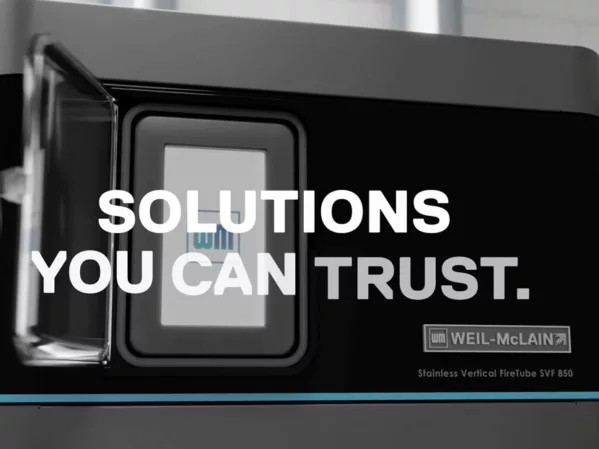Almost daily, you can find this topic discussed on various online discussion lists, in coffee shops and around the dinner table. While it is hard to keep politics out of it, occasionally you can find a civil, thoughtful conversation to join in. Allow me to share some thoughts about energy in general, and what’s got my attention in particular.
The push these days seems to be weaning off of fossil fuel. You can see this in economic incentives and environmental goals established in many countries. Plans and target dates to be fossil-free are also being developed at state and sometimes city levels. One difficulty is selecting which fuels should be used and in which combinations. Also, what should we do about the storage and distribution of the energy?
With the promise of a natural gas (NG) glut, one challenge is getting gas to the customers. Pipelines need upgrading and new lines extended. The same applies to electrical energy. Smart grids are being implemented to at least help manage and match loads to powerplant output. We can better use the current “wires” if we partner them with sensing and computing technology.
I think most would agree we will need an assortment of energy sources until some newer solutions or technologies arise. Currently, data from the Energy Information Association (www.eia.gov) shows coal, NG, nuclear and renewable (RE) in the mix. RE would include wind, solar, biomass, biogas and hydro.
Getting the public comfortable with the various choices is another much-discussed topic. NIMBY (Not in My Backyard) plays into that boondoggle. Included is the risk factor, or perceived risk, as well as the thought of eminent domain. And no one really wants a pipeline or power line on their property. So, we have many challenges along with opportunities.
For the tradesperson in our industry, determining and predicting what will best serve the customer now and in the future requires a bit of crystal-ball gazing. Heating our homes and water is mainly fossil-fuel-driven. In areas with low-priced kilowatt-hours (kWh), electric resistance equipment is still a viable option. Dual-fueled systems are seen in some locations where time-of-day rates can be predicted and the equipment switched. This can provide better — sometimes optimal — rates for energy users.
Automatic controls can make the transition even when you are away at work or on vacation. Various heat pump options promise a better return on your electrical energy dollar.
In my rural area, liquid petroleum (LP) is still a predominant fuel for residential and commercial accounts. Wide price fluctuations can drive a consumer crazy and seem to be based on the petroleum industry whims. But really, electricity is the only other choice for a flip-the-switch energy option. There are some wood and coal burners still around my area. These fuels are popular with the Amish community — and a few doomsday preppers. When LP prices spike, more firewood is used.
Storing energy
I have always tried to involve as many energy options as possible in my home and shop systems. Currently, I have a large thermal solar array and 500 gallons of storage “battery.” A wood boiler is responsible for heat production when I am home and can keep the fire burning. LP comes on next with a few combi boilers. I also have an air-to-air heat pump, mainly for cooling and seasonal heat in the shop.
A water-to-air heat pump is the primary heat source in one of our barns, which has an LP backup. My goal is to keep expanding my grid-tied photo-voltaic system. I’d like to have at least the kW-equivalent of my heat pump.
The main objective we should all concentrate on is energy storage. I prefer to store the least expensive energy, which is my solar thermal. We average 270 days of sunshine a year, so it is worth chasing. Worth it for me, anyway. I like to experiment and test these systems. I know of solar thermal applications with multi-thousand storage vessels that can run year-round for heating and DHW, so the sky or the sun is the limit.
Next, I’d like to store the solar-PV-generated energy. It can a viable energy source as modules are at rock-bottom prices. New inverter technology is simplifying the connections to the building and grid. Battery technology continues to improve and prices are dropping. Ideally, each home or group of buildings could be an energy source and transfer from solar radiation to more storable thermal and electric batteries.
Here is how I would approach my next home project. I’d design around a passive solar concept, a nonmechanical method to capture and store some of the sun’s energy. I’d super-insulate it. The roof would be an entire PV array. For the storage batteries, a Tesla Powerwall or the equivalent. I’d add an emission-friendly wood or pellet parlor stove for spot heating the great room.
The net-zero buildings I see in almost every area of the United States these days inspire me. With appropriate design and adequate budget, it’s a viable option. A ground-source heat pump would be my first choice for the heating and cooling, with some fossil-fuel back up.
For the country at large, we need a blend of all these energy sources. Coal will be with us for a while yet. All plants should be upgraded to lessen the emissions as much as possible. Nuclear also is staying online for the near future. How about adding a new safe, modern nuke for every older generation plant we decommission? Reusing the spent fuel rods precariously stored across the country should also be part of the next-generation nuclear power.
I’d say the same for pipelines. Permit a new one when old, unrepairable, leaking ones are removed. Place wind generators in the corridors where it makes sense and add some off-shore installations. Wave power? Landfill and digester gas? Yes, please.
If you are in the heating and cooling comfort industry, you should be paying close attention to the everchanging cost and availability of energy. Learn about new products being developed that may impact our business. Be willing and able to explain to your customer the pros and cons of the various energy source options.
We all need energy, and demand will probably continue to increase. There is a cost associated with harnessing all sources. It would be nice to work together to plan how we pay for and pioneer new sources.
And it’s pretty fun to play with energy, too.






